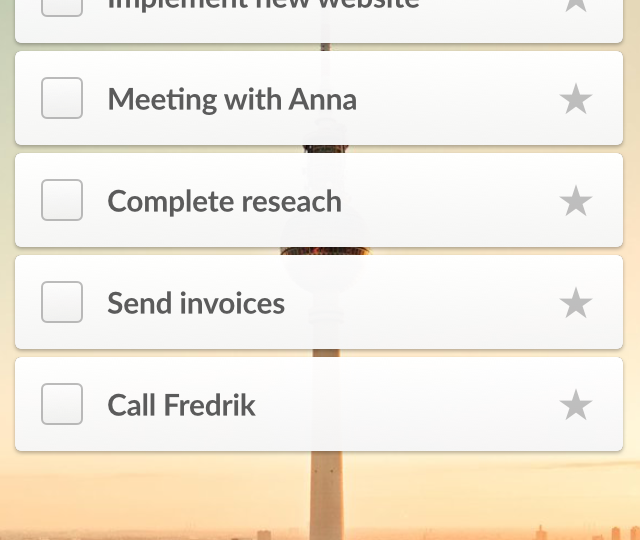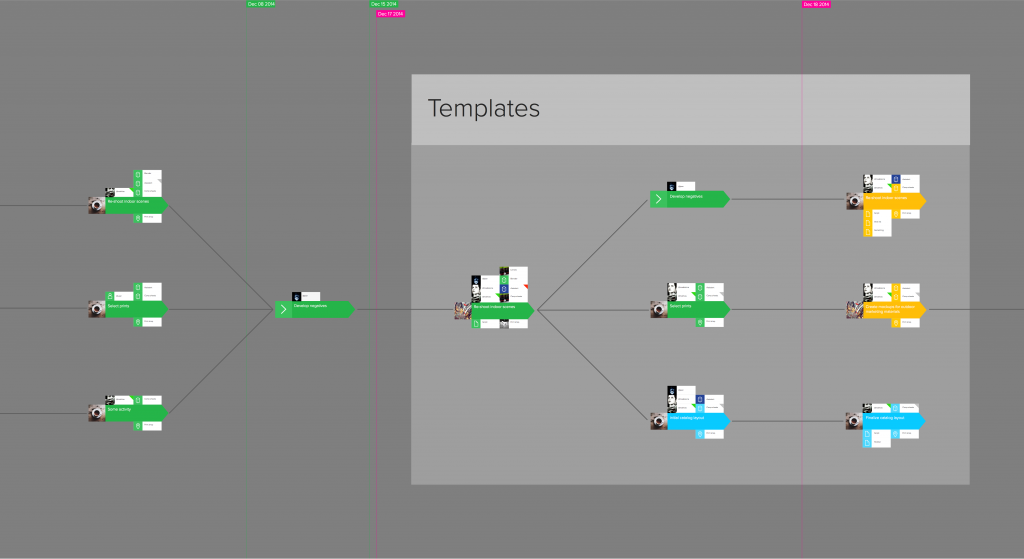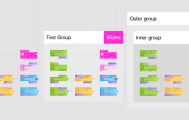To-Do Lists Don’t Work
- Jan 28, 2015
- By Mathias Gullbrandson
I just stumbled upon a Harvard Business Review (HBR) article from 2012 called: To-Do Lists Don’t Work that I found quite interesting. As it can be understood from the headline, it argues that to-do lists are ineffective–a statement that I totally agree with.
Let me summarize the article for you. The author of the article, Daniel Markovitz (founder and president of Markovitz Consulting and faculty member of the Lean Enterprise Institute), mentions a couple of fundamental problems with to-do lists.
- Too many choices. To-do lists offer you too many choices of what you should be working on right now. Our brains can only handle about seven options before we’re overwhelmed. That’s why long task lists either paralyzes you or drag you back to your email inbox.
- Varying task complexity. The complexity of your tasks tend to differ. The problem is that you tend to be more keen to focus on short and simple tasks for the psychological payoff and dopamine release resulting from crossing an item off your list.
- Varying task priority. When you manage to prioritize your tasks, there’s an issue with postponing low prio tasks that doesn’t become prioritized until it’s really urgent.
- Lack of context. If your tasks aren’t connected to their context you won’t be able to make educated decisions on what you should work on. You won’t be able to work on your highly prioritized task until you have completed the one prior to it. That dependency is normally invisible in your list.
Markovitz’s list goes on (no pun intended). However, there is one more fundamental problem with to-do lists that I would like to add; they are individual and don’t tell you how your tasks relate to other people. Task management in cooperation is way more complex than managing your own to-dos.
So, today’s to-do lists are obsolete but still a lot of us continue to use them, simply because it’s the easiest and quickest way of managing our daily routine.
While we design Dreamler to keep the simplicity of the to-do list, we’re also addressing its issues. Dreamler is a tool that turns to-do lists into a a collaborative real-time environment for visual management and planning. What this means is that to-dos become visual building blocks. The individual user creates tasks and then visually connects them with their team members’ tasks, which are played out on our project board. This enables you to see how your tasks contributes in fulfilling the greater goals of the project. Tasks that are visually mapped out and connected should resolve the fundamental problems with to-do lists.
Dreamler’s visual map provides relevant context for each task. Problems with varying task complexity and priority won’t be troubling you. Dreamler helps you to visualize the order of things to be done, regardless of heterogeneous tasks. Same goes for the issue concerning having too many choices. You shouldn’t choose from 57 different tasks to work on, you focus on the task that’s next in line for realizing the greater goal. This becomes visualized and clarified in Dreamler. At last, Dreamler’s connected to-do lists show clear deliverables for each task and person. This erases a lot of the confusion and difficulties that comes with teamwork.
That way, Dreamler erases a lot of the fundamental problems of to-do lists, and helps you becoming way more efficient when bringing your big ideas to life.
-
Hanumat
-
http://blog.dreamler.com/ Dreamler
-
-
Hanumat
-
http://blog.dreamler.com/ Dreamler
-






